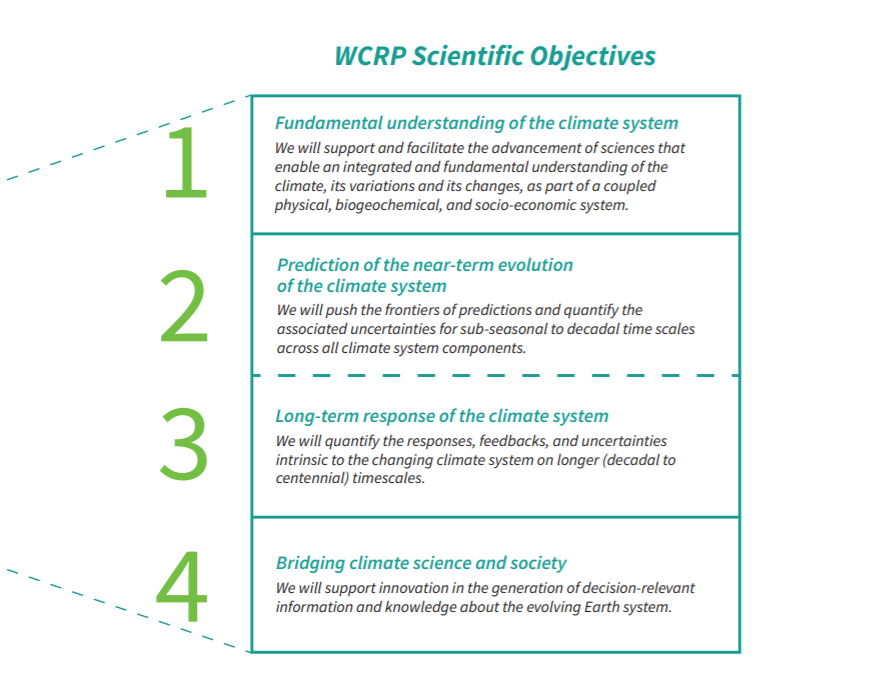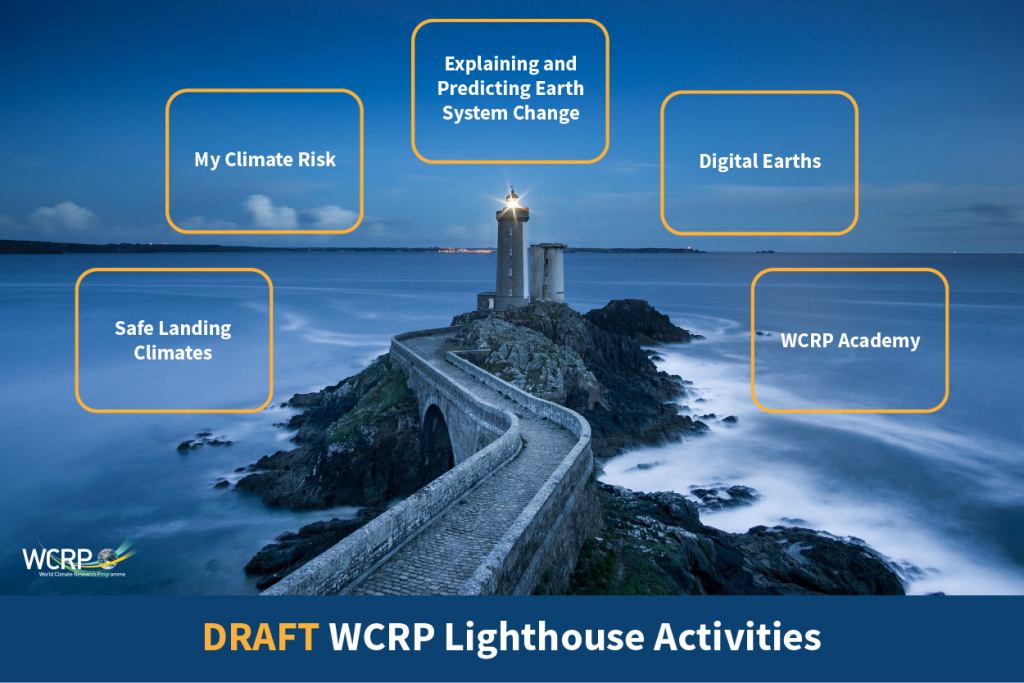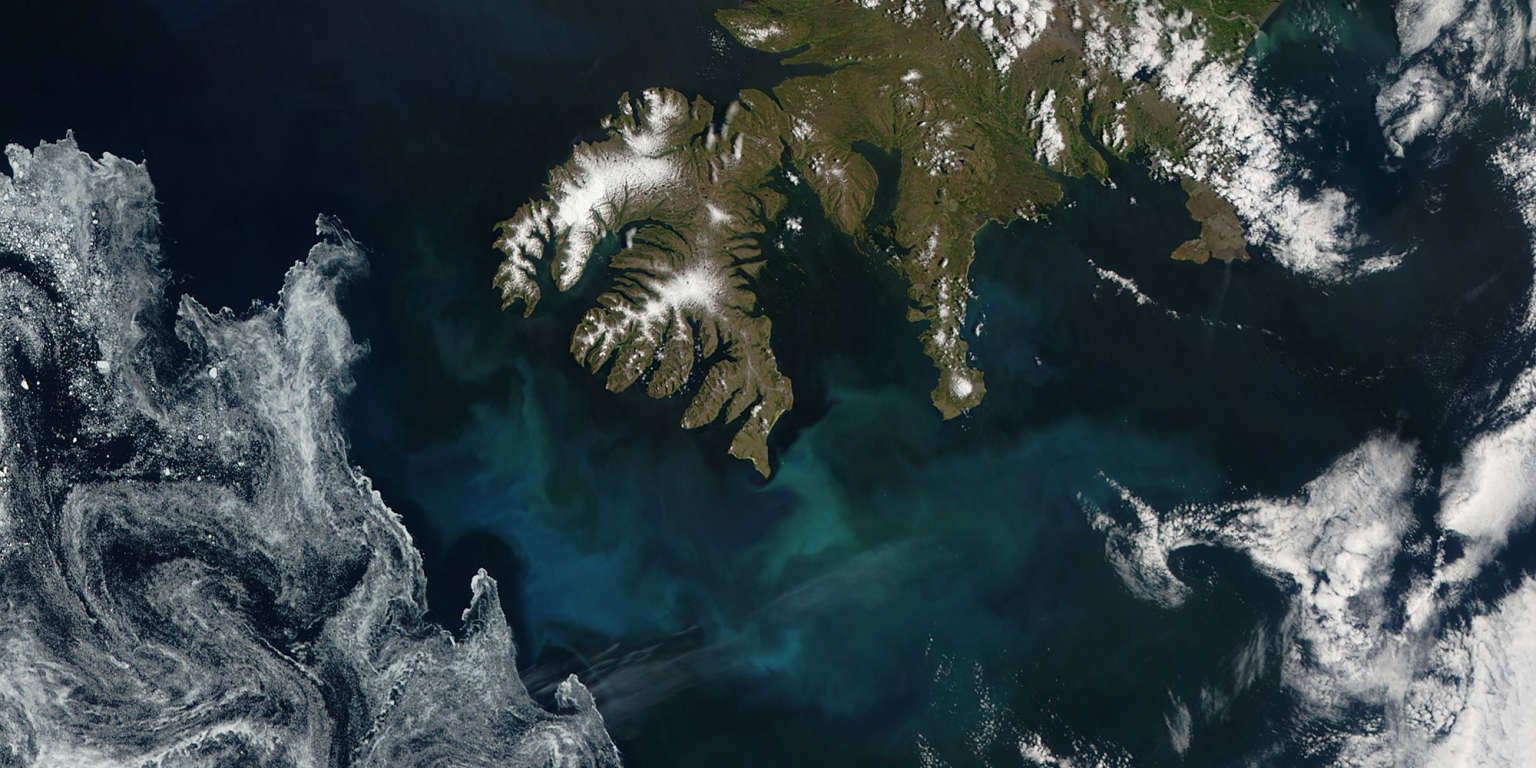This article is part of the ISC’s Transform21 series, which features resources from our network of scientists and change-makers to help inform the urgent transformations needed to achieve climate and biodiversity goals.
When the World Climate Research Programme (WCRP) celebrated its 40th anniversary in late 2019, the scientists gathered for the occasion at the AGU Fall meeting had a venerable history to look back on.
WCRP was originally founded by the World Meteorological Organization (WMO) and the International Council for Science (ICSU), one of the ISC’s predecessor organizations, in 1980. Findings from WCRP’s international collaborative activities have produced major advances in climate science and provided a basis for the IPCC Assessment Reports and numerous other reports on the changing climate.
According to Detlef Stammer, Chair of the WCRP Joint Scientific Committee, the feeling among the researchers gathered at the anniversary was that although the programme had achieved an enormous amount since its launch, there was still more to do:
“The challenges are huge, and we have to really think about how to approach them. This was and still is a very basic motivation for us. We only have about 10 years’ time to make progress on the Paris targets, and this is where society really comes in. It’s getting really urgent to start moving if we want to reach these targets.”
And so when WCRP published its ten-year strategic plan in 2019, it contained an important addition: as well as focusing on advancing understanding of the climate, WCRP would also aim to bridge climate science and society.

We caught up with Detlef to find out more about WCRP’s priorities following the publication of its strategic plan, and about the key questions facing climate scientists in this decisive decade for climate action.
“This is about highlighting the fact that WCRP, working with Future Earth and with others, needs to develop information that people can use for mitigation and adaptation”
Since the launch of the strategic plan, WCRP has been working on preparing a more detailed implementation plan, and evaluating the structures and content of all of its current activities. According to Detlef, this activity really forced the WCRP community to focus on what it does well, which is to bring together collaborators from around the world to answer the big questions that cannot be answered by individual researchers and institutions.
“We went back one step and thought, given the urgency of the situation, what really has to be done or can be done now to make big progress on these big questions?”
The results of that exercise were what WCRP calls ‘lighthouse activities’ – a set of major experiments, high-visibility projects, and infrastructure building blocks that can truly integrate different capacities across WCRP and with partners.
Though the names for each activity are still provisional, there’s a clear direction towards providing the science required to address the needs of society in the coming years.

The first lighthouse activity, which Detlef is fond of referring to as ‘what on Earth is going on?’, focuses on explaining and predicting Earth system change. This is based around the idea that any policy for climate change mitigation and adaptation must be informed by a robust quantitative explanation of how and why specific changes are unfolding in the Earth system, and what might happen in the future.
The second, called ‘my climate risk’, aims to develop a new framework for assessing and explaining regional climate risk so as to provide climate information that can inform decisions at the local scale. This will bring together evidence from different actors, including climate data and the lived experiences of non-scientist stakeholders, to explore how risk is understood and managed in different places. The aim is to better understand future risks, for example around extreme weather events.
The third lighthouse activity explores the pathways to climate-safe ‘landing spaces’ for human and natural systems around a number of key Sustainable Development Goals (SDGs), helping to inform policy-making. By collaborating across disciplines, the activity aims to design, develop, apply and facilitate the use of Earth system modeling tools that can support understanding of the long-term responses of the climate for different future human development scenarios.
A fourth activity, called ‘Digital Earths’ aims to improve modeling and simulations in a way that will support all other WCRP activities. It’s an idea that was inspired by the way certain industries run digital simulations of the system in which their product (such as a plane or car) will respond in different scenarios. By building a digital system that uses a blend of models and observations, Digital Earths should be able to provide answers to questions about what might happen if something changed in the climate – such as forcing – on scales from the local to global.
Finally, WCRP will launch a training and knowledge dissemination activity, called the WCRP Academy. This will develop capacity building activities for the next generation of climate scientists around the world, and will also connect with the users of climate science, from the general public through to business and government decision-makers. Bridging climate science and society “needs to be a two-way dialogue,” says Detlef, “and in the end, all of this needs to be carried forward by the next generation”. This work is starting now, and the WCRP Academy will be highlighted at the WCRP Open Science Conference planned for March 2023.
It’s hoped that through these lighthouse activities and its ongoing work, WCRP can help to shed light on some of the specific knowledge gaps that persist, such as around ‘tipping points’ related to permafrost thaw, or the effects of a warming planet on water reservoirs. WCRP will also be exploring the effects of changing technology on our future ability to understand the changing climate, which is especially important for climate observing systems and modeling programs that depend on computing power.
Implementing these lighthouse activities is underway now, and Detlef stresses that it’s a dynamic process, which includes work with partners such as Future Earth, and that many activities have elements of co-design. All of the activities focus on urgent, cutting-edge questions which are exciting for the climate science community, and the WCRP network has responded very positively.
“We see the urgency of coming up with solutions. We all provide individual elements, but none of us is able to do this alone. We provide what we can as part of a community with specific expertise, but we need to work in a collaborative way to come up with answers to the big problems,” says Detlef.
In 2021, with less than a decade left to achieve the Sustainable Development Goals, and with the Paris Agreement’s target of halting warming at under 1.5°C looking increasingly difficult to reach, this is a crucial moment for climate policy. By drawing on the strength of international scientific collaboration, and sharpening its focus on communicating cutting-edge climate science to society, WCRP hopes to make a meaningful impact on climate action in the coming years.
Find out more about the World Climate Research Programme (WCRP).
Photo: NASA/GSFC/Jeff Schmaltz/MODIS Land Rapid Response Team.
